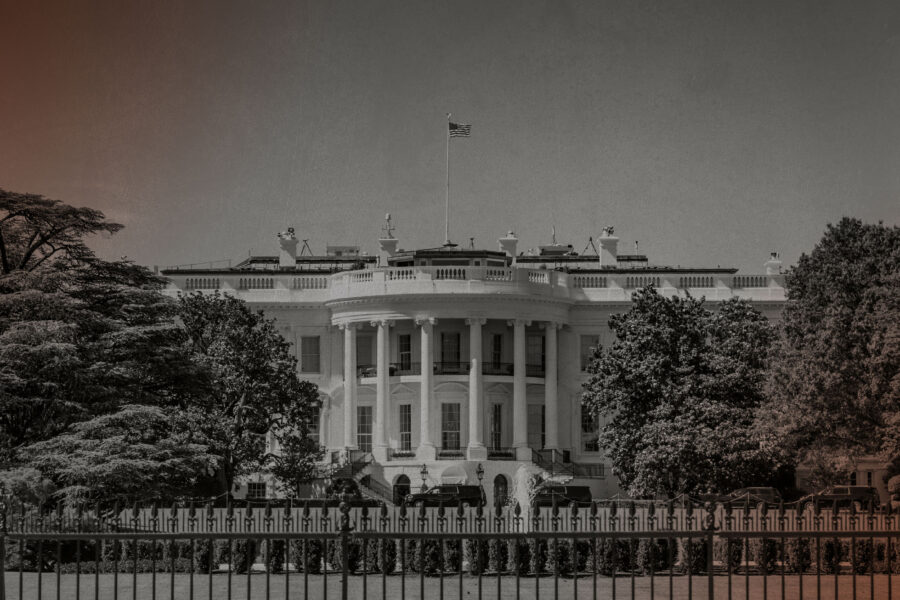FACT SHEET: Republicans’ Big Ugly Bill Will Kick Seniors Out Of Nursing Homes And Shutter Over A Quarter Of Facilities

Over A Quarter Of Nursing Homes Will Be Forced To Close Under The GOP Bill…
ashoupJune 27, 2025










